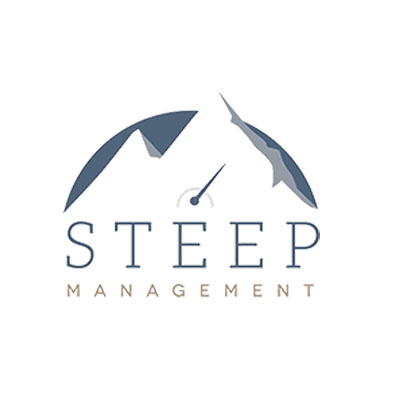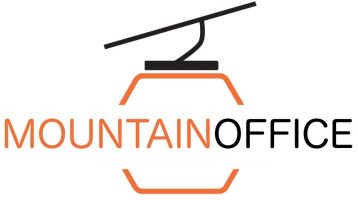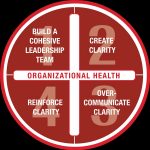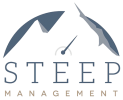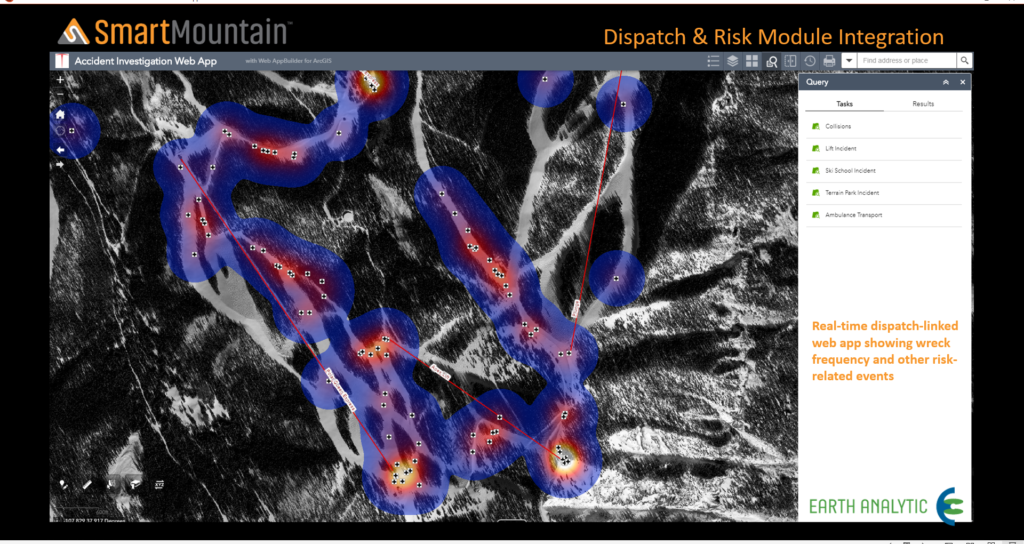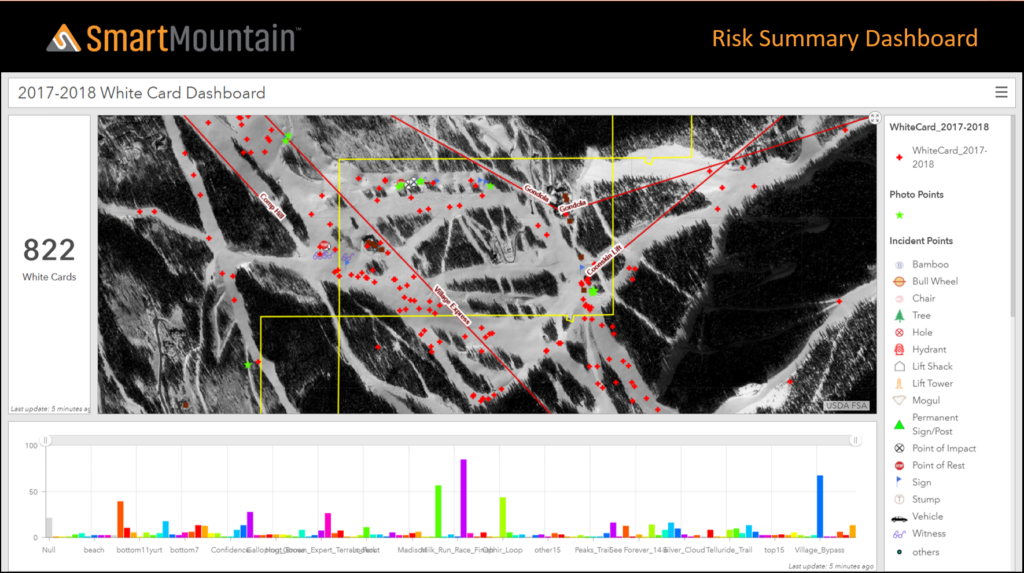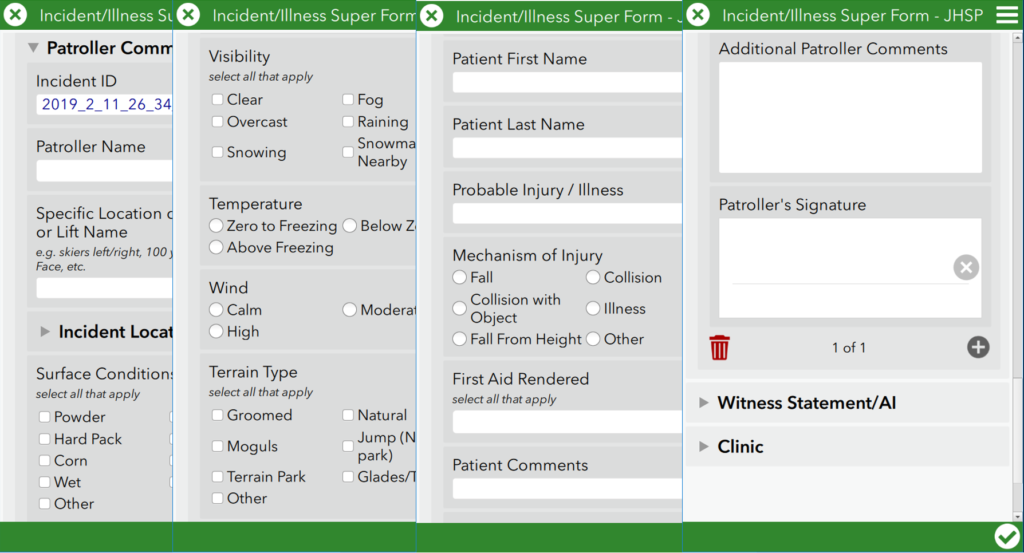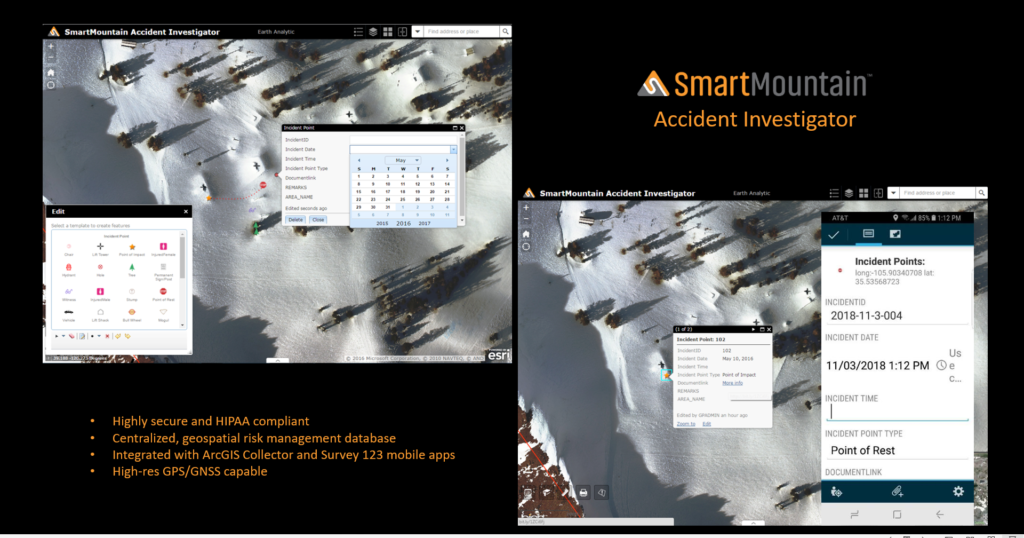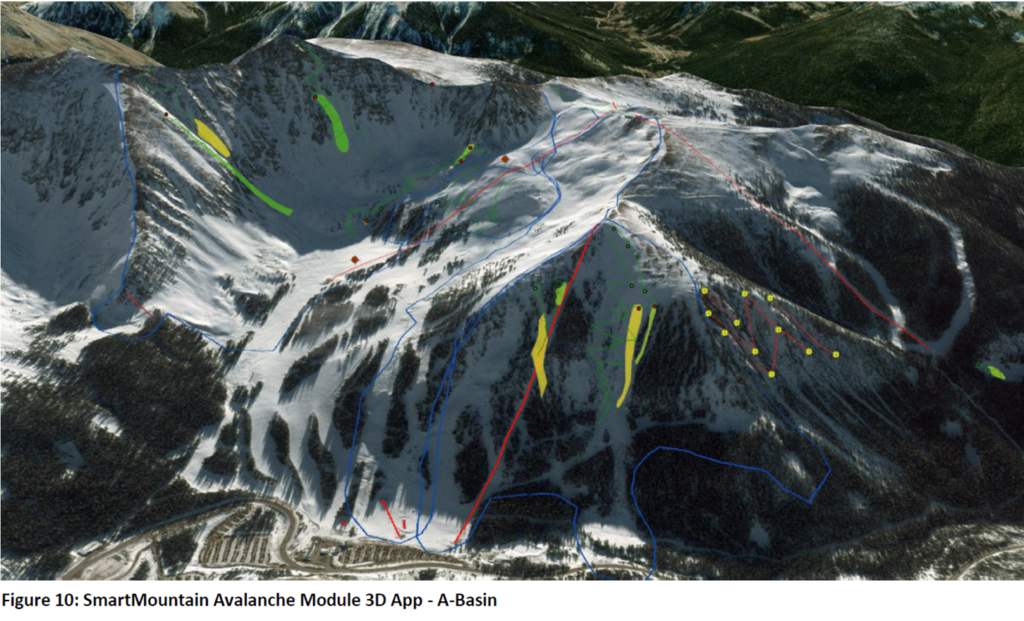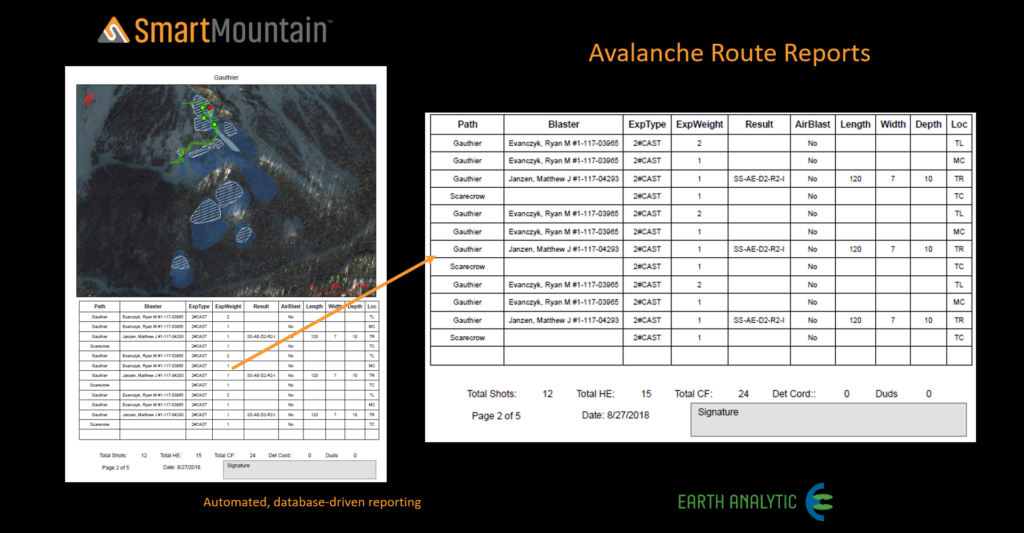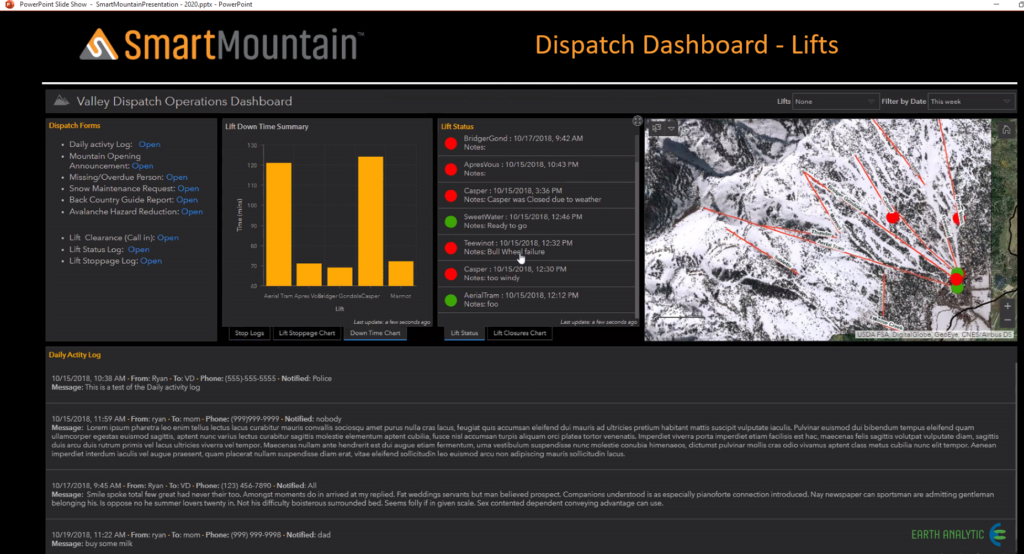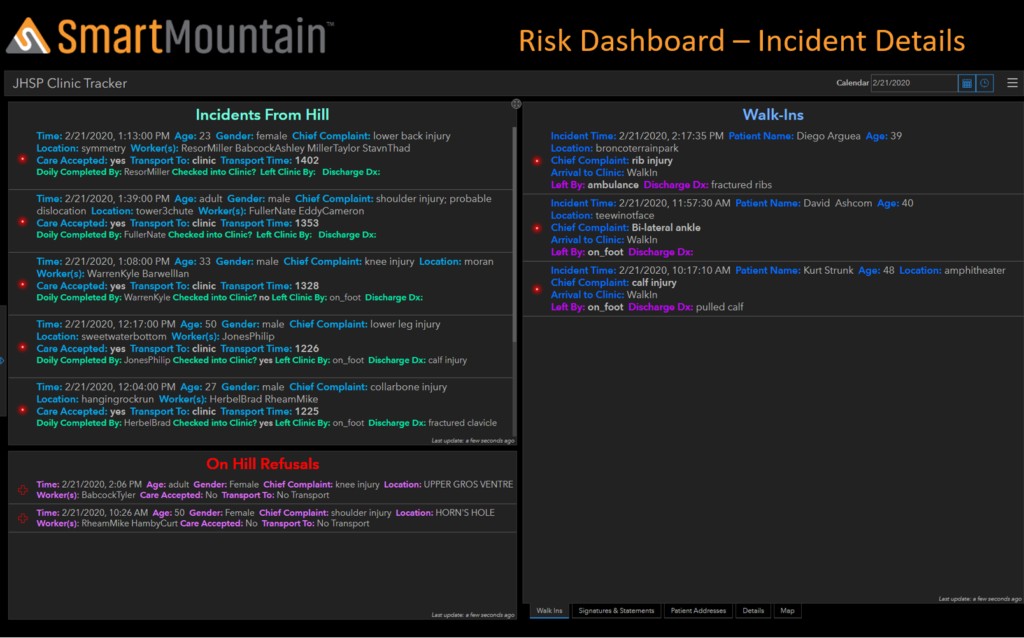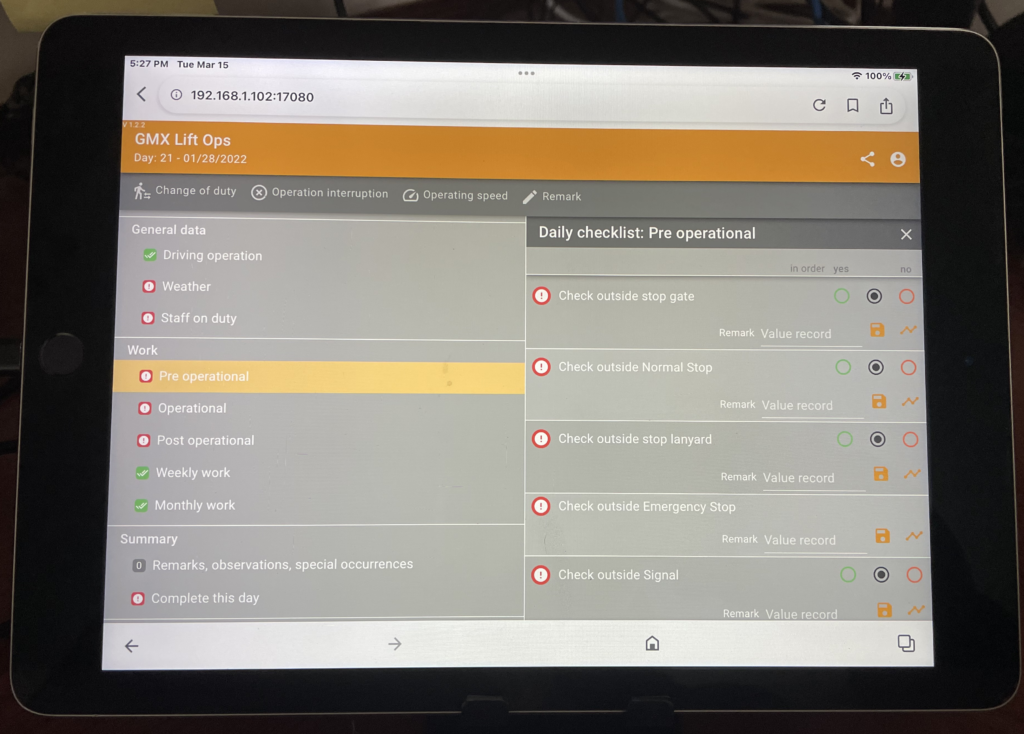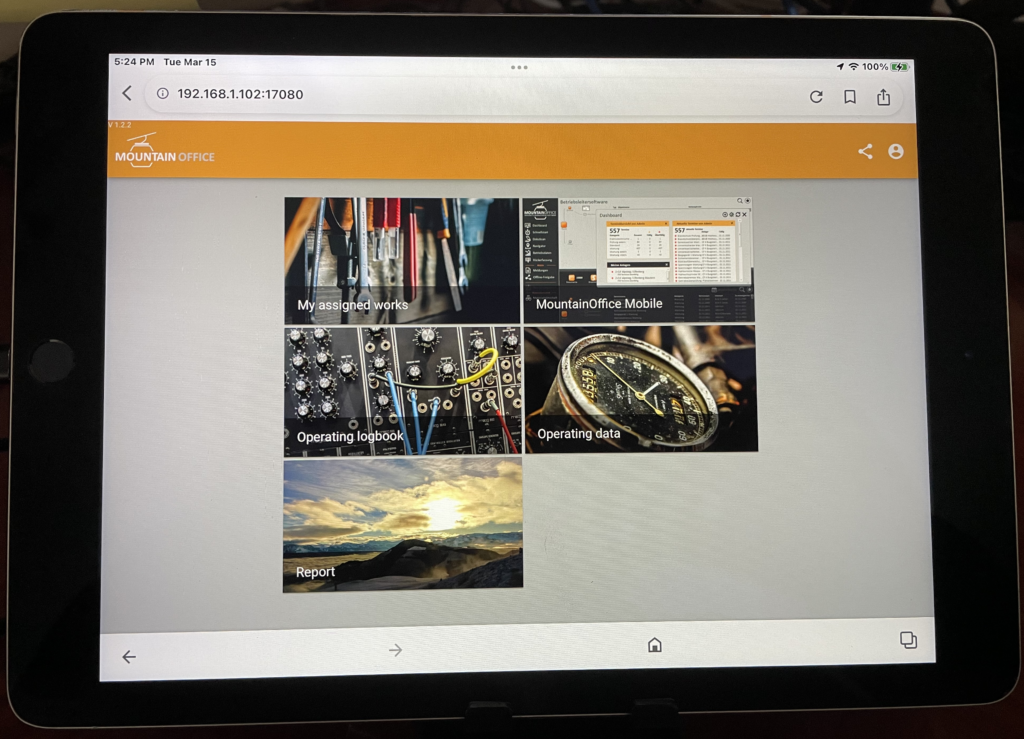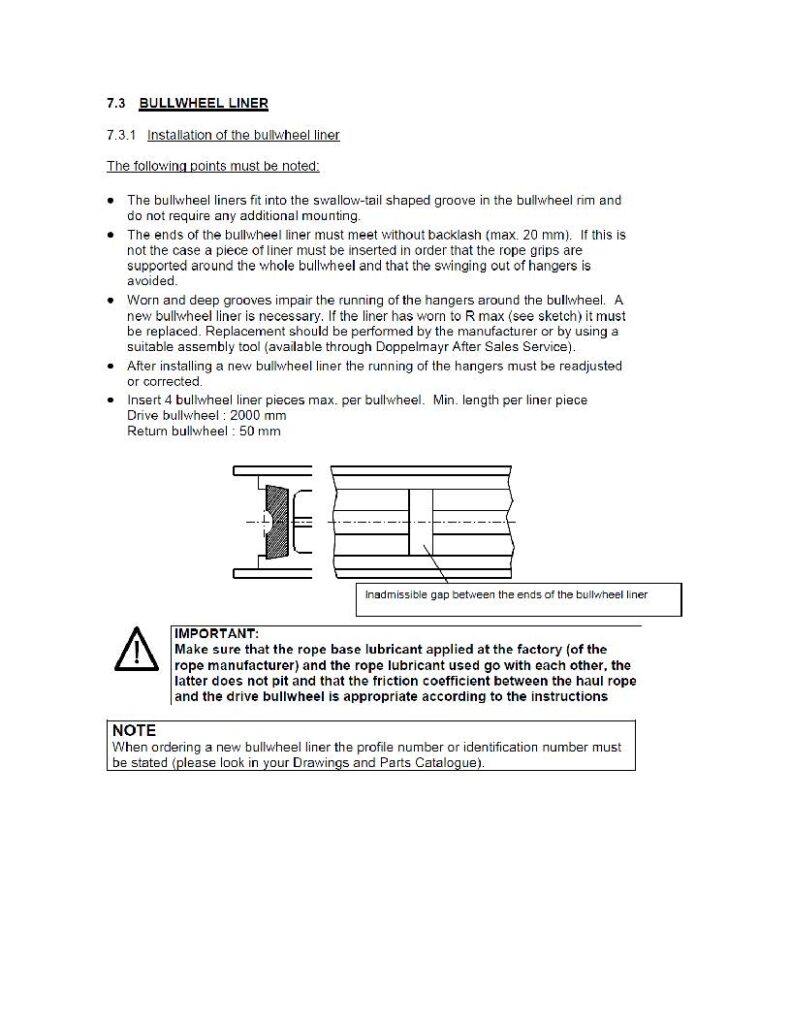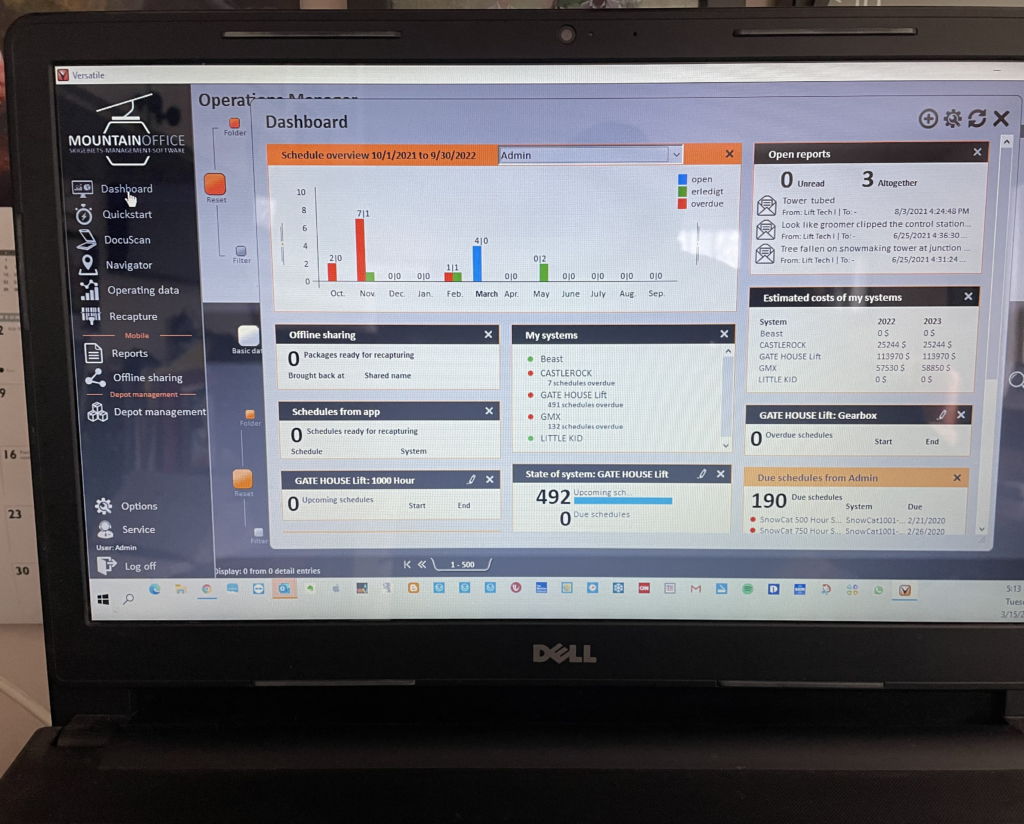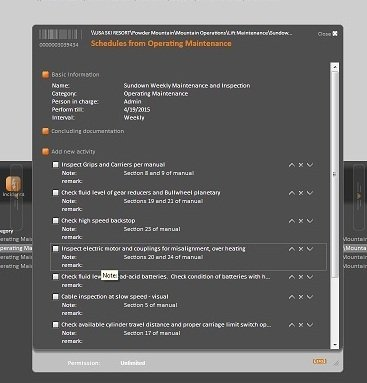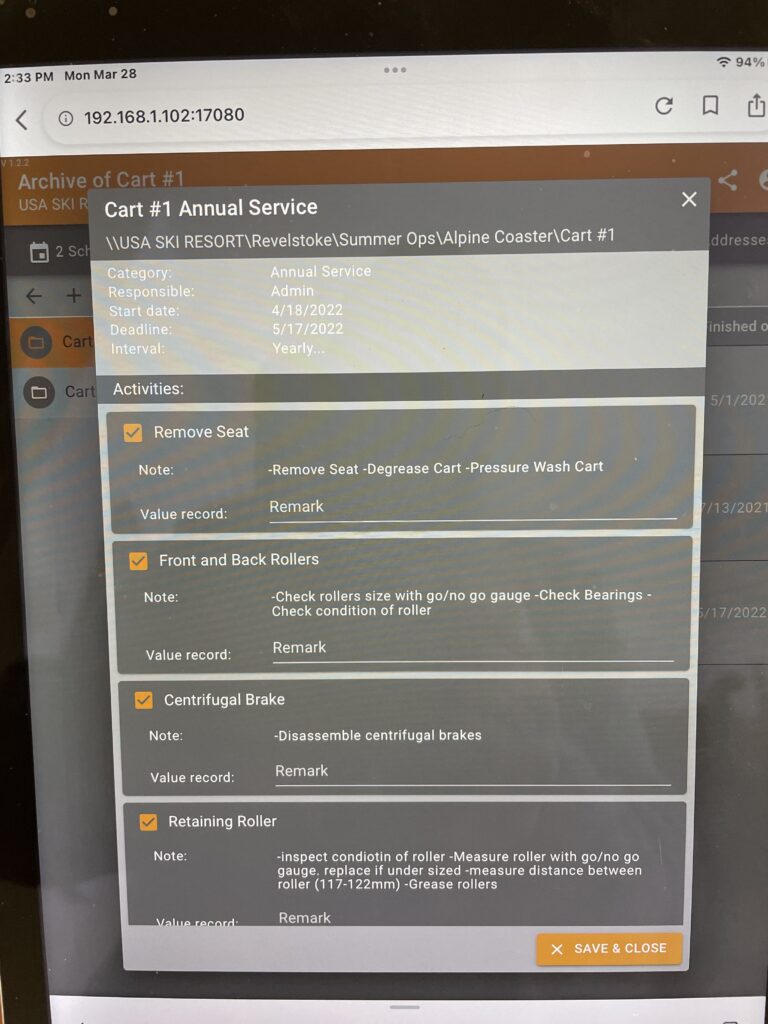
At this time of year, many of you will be looking at adding significant staff members to support your operations during the winter season. In this time of tight labor supply, the onboarding process deserves a bit more thought and investment of time and effort. If you pick up any research done on onboarding most input will be looking at employment terms, length of employment, much different than what is the norm in the ski industry. However, many of the same goals apply with our need to have people up to speed much quicker than many normal hiring situations. The onboarding goals are:
Acclimate — Acclimating a new employee is far more than just pointing out the location of the locker room, the season pass rules or explaining the parking situation. Every ski area department has its own personality, and every company has its own goals and philosophies. Newly hired employees need to understand what the company expects and what you expect from them and the specific role they will play in achieving the department and/or the ski area goals. At the same time, new hires need to be made aware of what they can expect from you and the ski area, such as management support, availability of resources or performance reviews.
Engage — A Gallup study showed a correlation between engaged employees and a company’s profitability, turnover rate, safety record, absenteeism, product quality, and customer ratings. An effective onboarding plan offers an ideal opportunity to boost employee engagement, such as fostering a supportive relationship between a new hire and you, reinforcing the ski area’s commitment to helping employees’ growth or proving that you and management recognize the employee’s talent.
Retain – While these are seasonal employees, having them return in subsequent years is of significant impact to operational efficiency and department profitability. Even having employee complete the season is often a challenge so retention is a reasonable goal of the onboarding process.
The following is a typical schematic of the onboarding process:
onbording schematicThe only issue with this graphic is you don’t have 30-90 days; maybe you have 7-14 days at best. So, let’s look at this step by step and see how it could work in your ski area.
Step 1 – Employee is hired – hopefully, you have hired for personal attributes first and skill or experience next. Each employee has to meet your requirements for being a team player on your team.
Step 2 – Orientation – this is an area that has improved in recent years. The key is remembering the onboarding goals of acclimate, engage and retain. At orientation, your focus should be on acclimation and engagement. My belief is orientation gets broken down into two segments, the company orientation, which should be relatively short and fun covering the big picture, who’s who at the upper level, the overall vision, mission and values, and the department orientation which begins to dig into the details of acclimation and engagement and how the department’s vision, mission and values ties into the company’s.
The department orientation is where you need to make people feel comfortable, where their locker, is when to take breaks, when to have lunch and where they can have lunch, what the dress and appearance code is. Doing this in a relaxed engaging environment is critical to getting lift operators, new patrollers, snowmakers comfortable with you and their fellow new hires; making them feel they belong to a team
Step 3 – On the job training – this is where new hires learn the details of the job. I won’t comment on this other than to say it should be complete, clear, repetitive, and hands on. You know what your expectations are and how you want things done; you have the responsibility to clearly communicate such.
Step 4 – Work with a Mentor – if possible, sometimes this can be a numerical challenge depending on returning staff, have new hires work with a seasoned staff person to gain on the ground practical knowledge. It is important that the mentors you assign reflect your expectations and the culture of the team.
Step 5 – Check-outs – this is an important step and will reinforce the engage goal. This is where you visit the new hire on their job location, review how they are doing, have a personal chat getting to know them better and conveying your experience and expertise. You get a sense of how well the new hire is grasping the requirements of the job and how he or she actually does in performing the job. Intimidation does not work here – fear is not a motivator for engagement or retention.
Step 6 – Reviews – to me and in the ski area environment number 5 & 6 are sort of the same. Many larger ski areas may have a formal process for a review at a certain time. My personal preference and recommendation is to do more of the frequent check-outs where there is an informal conversation and you are engaging with the staff person. I have seen situations where lift operators have shared with me that the lift ops manager has never visited them at the lift or made an effort to have a personal conversation. This is certainly isn’t the norm but I share it because it does happen. You can only imagine what that lift operator felt towards the lift ops manager and probably towards the ski area.
Step 7 – Transition – the new hire moves on to become regular, not only in your mind but in his or hers. This is an important time where the rookie moniker is dropped and there begins the feeling of belonging. That feeling of belonging by the staff person is something you have created through this process.
Step 8 – Working independently – this probably began during the transition phase, but it is something that happens sort of quietly and the timing of such may be different for each new hire. Your goal is to get there as quickly as possible with seasonal staff but not sacrificing the acclimation, engaging or retaining goals of onboarding.
You play the key role in the onboarding of your new hires for the upcoming season – I have underlined and bolded each you in the text above to emphasize how important you are in the process. Without your commitment to the process, it won’t happen. You as the front line manager have to be accountable for bringing the staff up to the performance level expected by your ski area.
Good luck, it does not cost money, just your commitment of time up front and willingness to work through the challenges.
